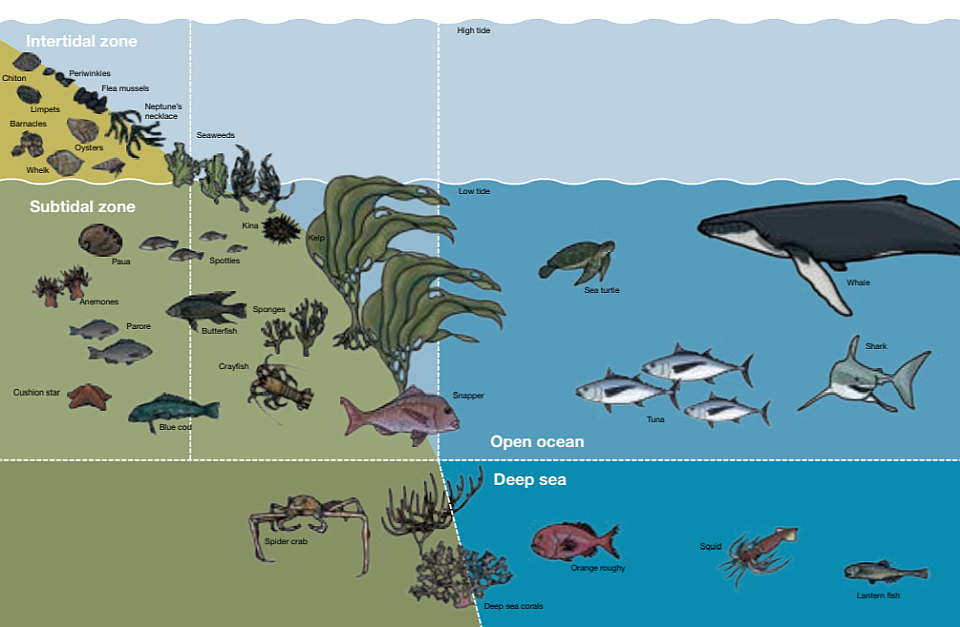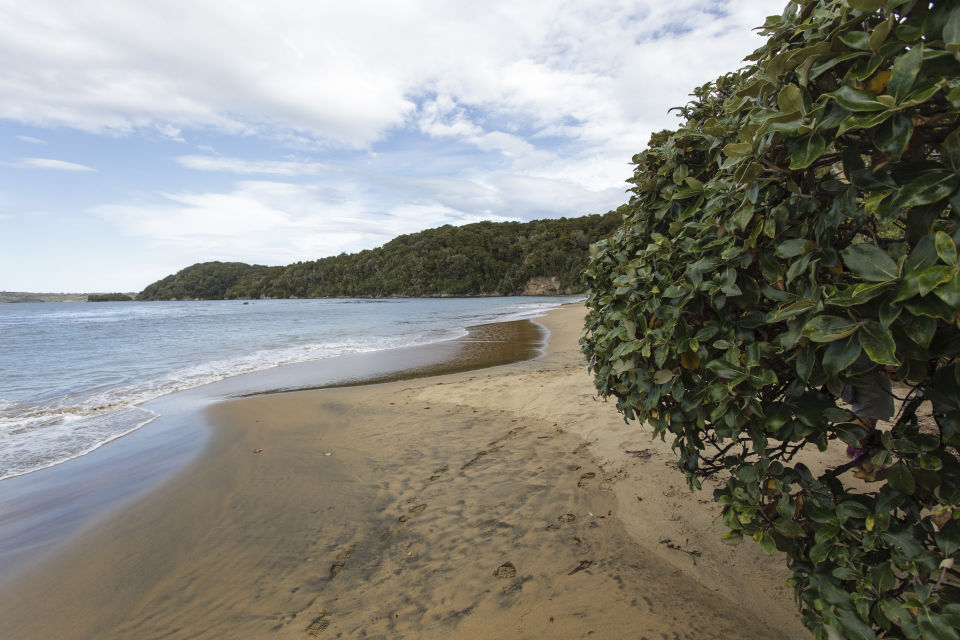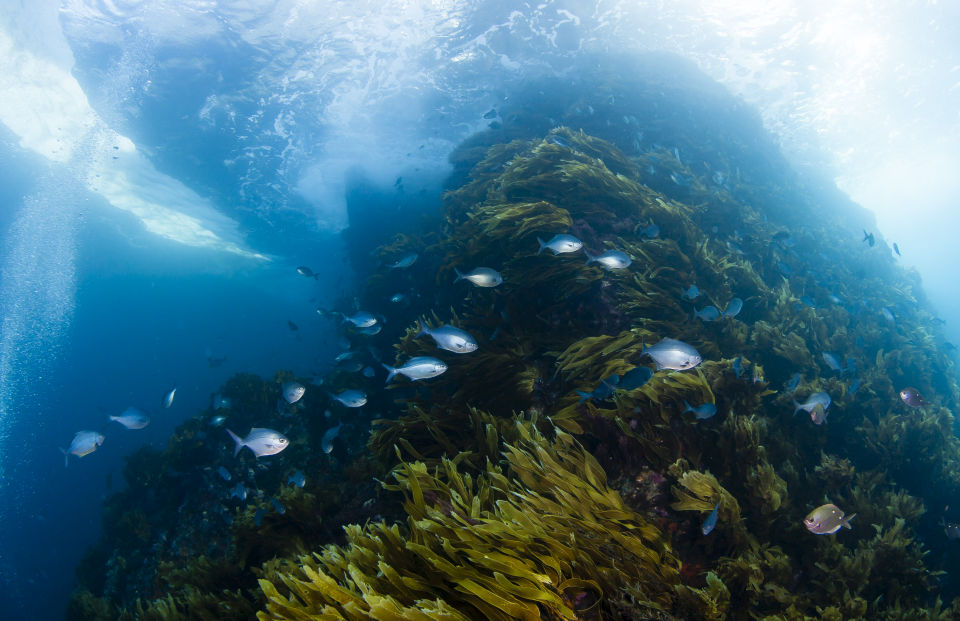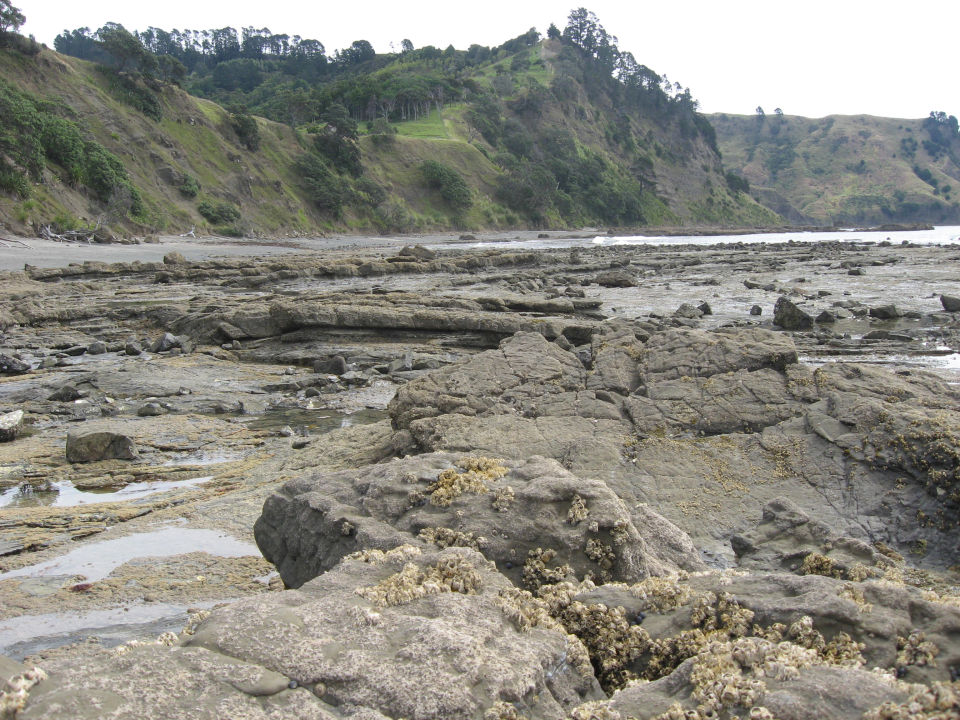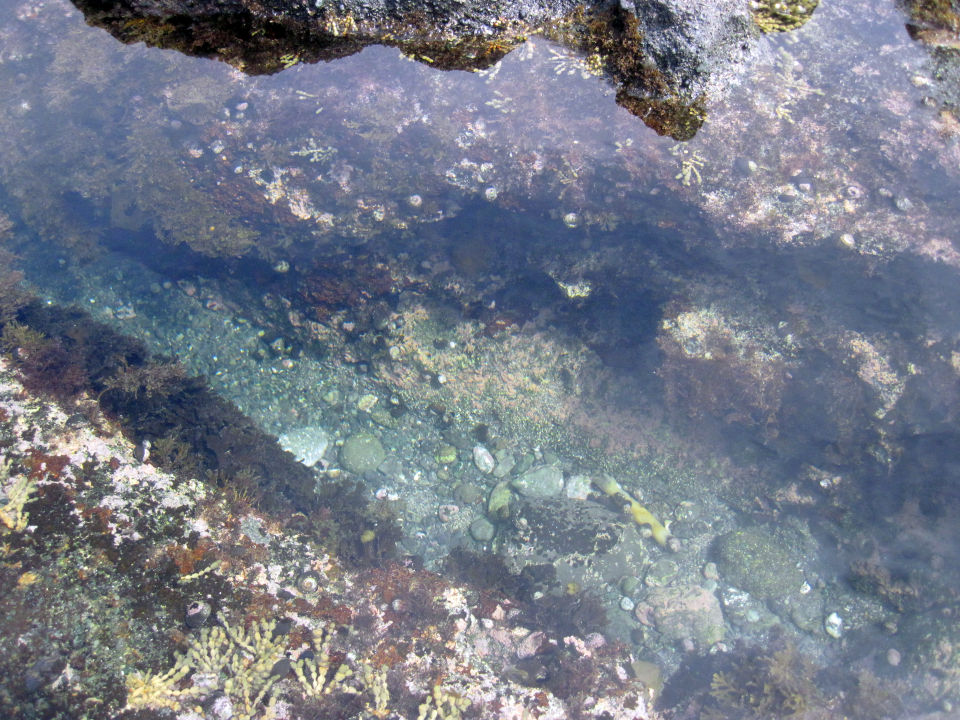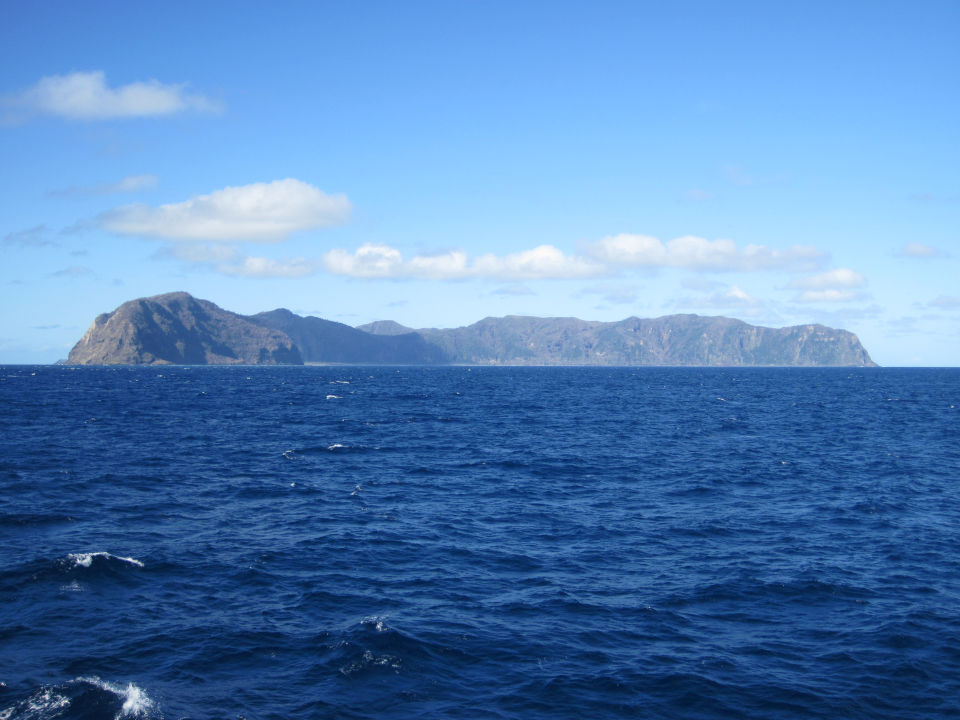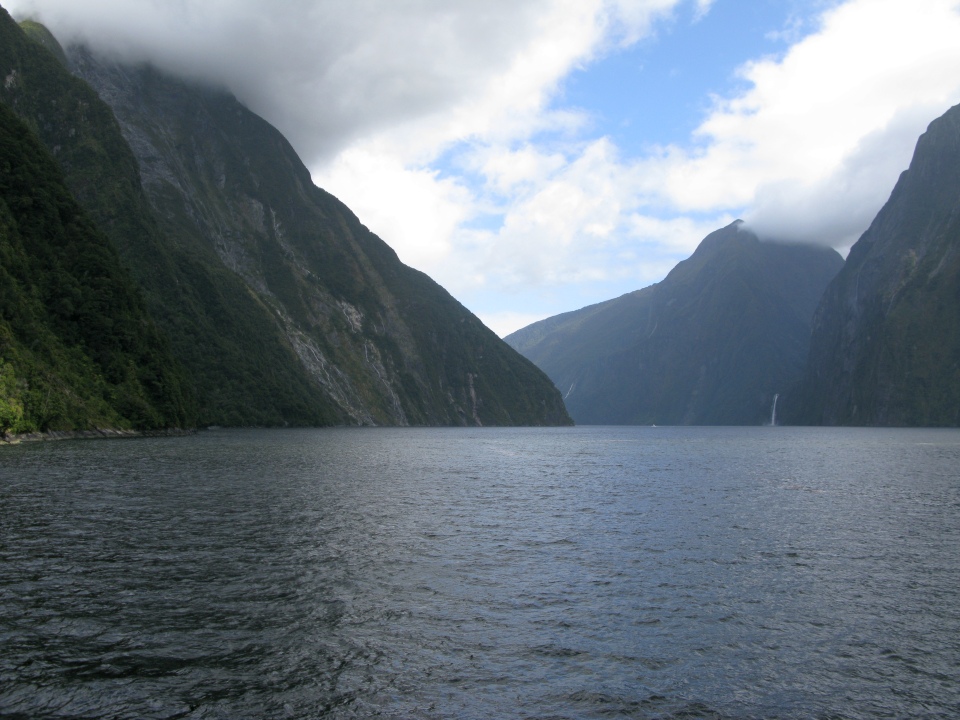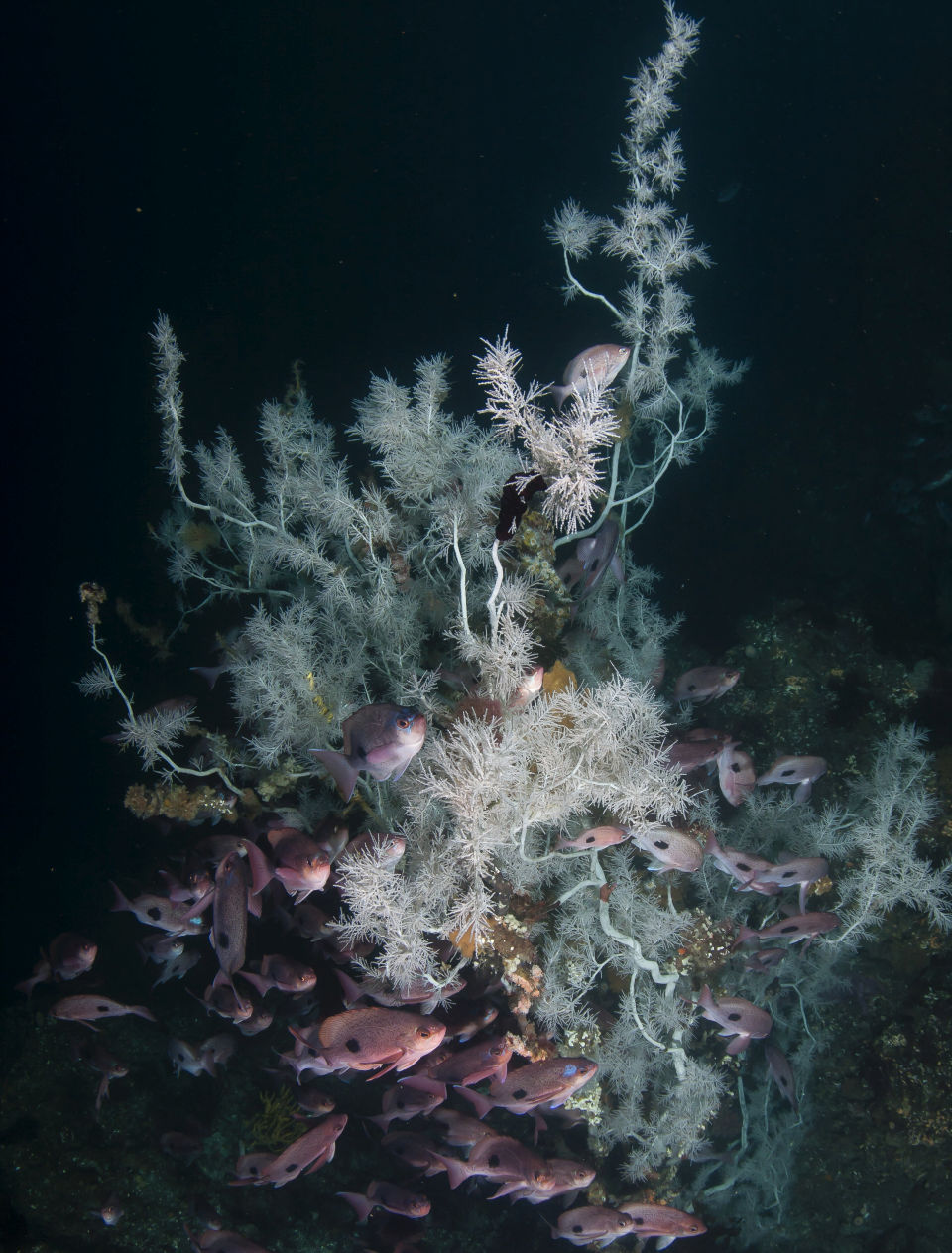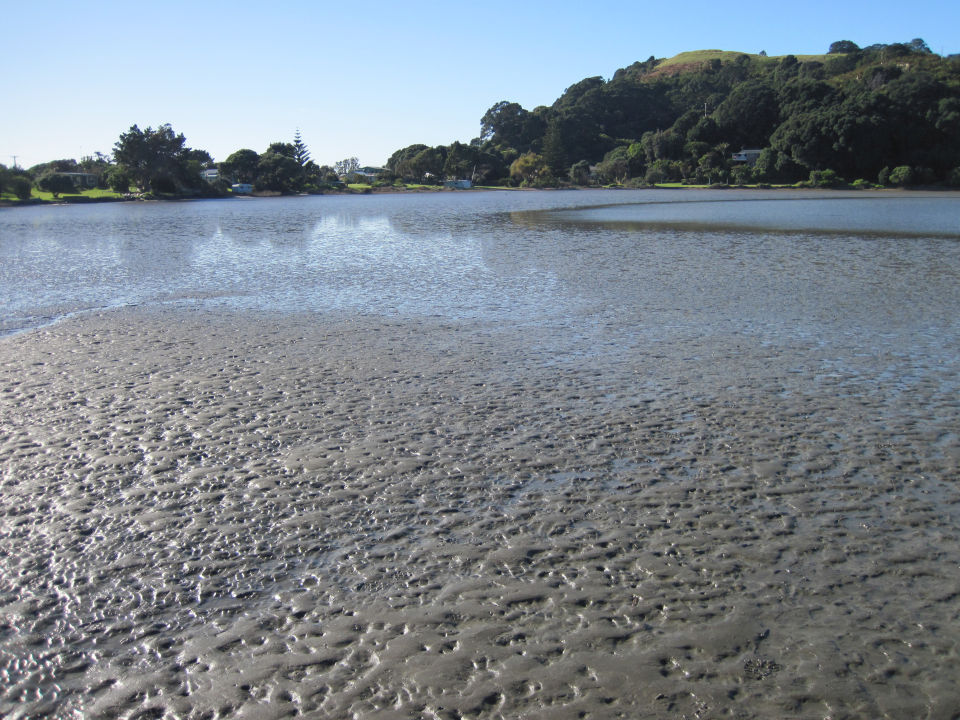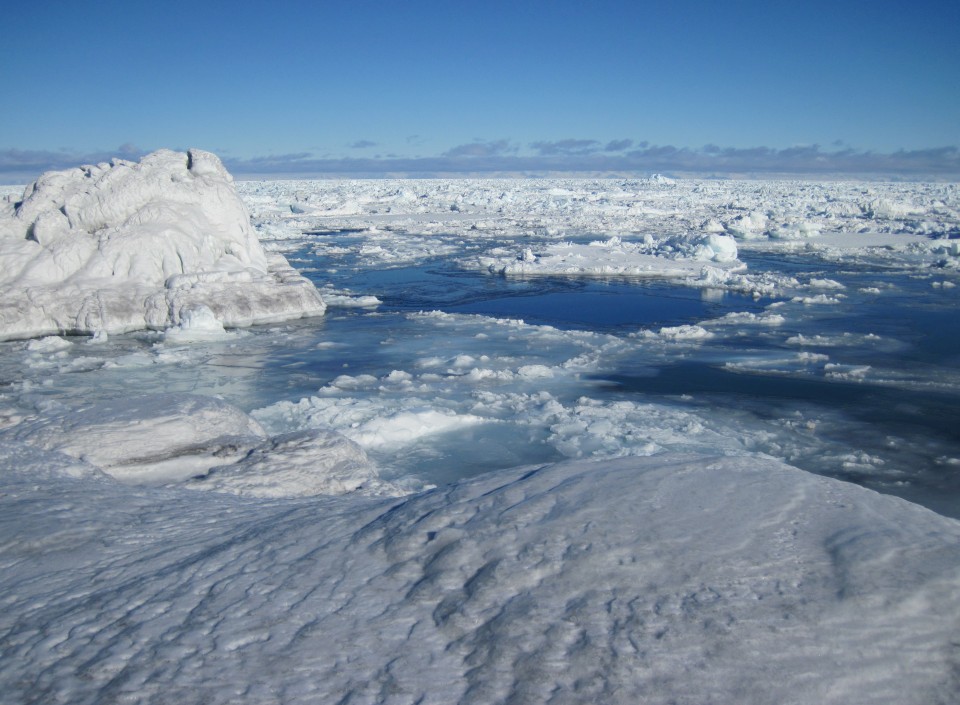The importance of protecting a range of New Zealand marine habitats
Marine reserves protect marine habitats. There are a wide variety of marine habitats in New Zealand that are home to lots of different species. It is important to include examples of most marine habitats in New Zealand. Doing so makes a network of marine reserves that reflect this natural diversity.
There are also other marine protected areas outside marine reserves. These include marine mammal sanctuaries, benthic protection areas and mātaitai reserves.

- For more information, see www.doc.govt.nz/nature/habitats/marine.
Marine reserve habitats in New Zealand
Marine reserve habitats in New Zealand include:
- sandy shores and beaches
- rocky reefs
- rocky shores
- open ocean
- deep ocean
- fiords
- estuaries
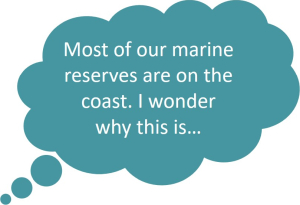
Rocky shore/reef habitat
The rocky shore is a popular place for both people and animals. Here you will find rock pools and reefs. At high tide, water covers this habitat. When the tide goes out it exposes the reefs. Living things of the rocky shore must be able to cope with changing conditions because of the different waves, tides and weather patterns. What lives on a reef varies depending on its location and factors such as temperature and light intensity.
- See the New Zealand Marine Studies Centre’s Northern NZ rocky shore guide www.otago.ac.nz/marine-studies/resources/download/otago062828.pdf and Southern NZ rocky shore guide link www.otago.ac.nz/marine-studies/resources/download/otago062830.pdf.
Sandy shore beaches
Sandy shores and beaches are areas of sand that cover an area of coast. Animals living here have adapted to live in or on the sand. They are often small and complex. Some animals of the sandy shore can burrow into the sand to avoid threats like waves and predators (e.g. crabs, shellfish, shrimps and urchins).
Sandy shores and beaches are important for birds, which feed here often. Many shorebirds also nest in the sand and dunes on beaches.
- For specific examples of species found on the sandy shore, see New Zealand Marine Studies Centre’s Northern NZ sandy and muddy shore guide www.otago.ac.nz/marinestudies/resources/otago110042.pdf and Southern NZ sandy and muddy shore guide www.otago.ac.nz/marinestudies/resources/otago110044.pdf.
Zones of the rocky and sandy shore
The intertidal zone
This is the area of rocky shore or sandy shore between the high-tide mark and the low-tide mark. At high tide, water covers this habitat. Low tide exposes this zone, allowing us to walk around the shore. Living things in this habitat must be able to cope with ever-changing water conditions. This zone is light-filled: it can host plants and algae that photosynthesise. Animals have plenty of hiding places in this zone.
The subtidal zone
Water always covers this zone. It includes the area from the low-tide mark to the open ocean. There can be lots of waves and movement in the water, including currents, in this zone. Animals living here need to be excellent swimmers and/or adapted to hold on.
Open ocean or oceanic zone
The open ocean extends out from the edge of the subtidal zone. Open ocean only includes water to a depth where light can still reach: the ‘photic zone’. Open oceans are often unprotected.
Some New Zealand marine reserves include areas of open ocean, such as:
- Kermadec Islands Marine Reserve
- Hikurangi Marine Reserve
- Moutere Mahue/Antipodes Island Marine Reserve and Moutere
- Ihupuku/Campbell Island Marine Reserve (part of the sub Antarctic islands marine reserves).
Kermadec and sub Antarctic marine reserves are large reserves covering open ocean. They make up about 93% of the total area of New Zealand’s marine reserves.
The open ocean habitat is home to big predatory fish such as tuna, marlin, sharks. It is also home to large migratory species like humpback whales and sea turtles. Also, zooplankton are an important part of the food chain in the open ocean.
Deep sea
Deep sea habitat is below the open ocean. There is not much light in this area. Living things found in the deep water have adapted to these dark conditions. Deep-sea fish can look very strange. Some have big eyes to capture as much of the limited light as possible. Their skin is generally red or black, and some have enormous mouths.
- See NOAA (National Oceanic and Atmospheric Administration, USA) expedition with their ship: Okeanos Explorer, including live video feed: http://oceanexplorer.noaa.gov/okeanos/welcome.html.
Other important marine habitats in New Zealand
Fiords
Fiords are inlets of sea that glaciers carved out over a long time. Fiordland is home to many fiords and has a network of marine reserves. These special habitats are some of the more pristine and isolated areas in New Zealand.
Huge volumes of freshwater run-off from the steep land in the fiords washes all the tannins from the forest into the sea. The dark freshwater layer doesn’t all mix with the marine layer. Instead it sits on top, blocking out light further below. This means species adapted to low light conditions are present near the surface, e.g. black corals. Black corals are bright white but turn black when they die. There are also isolated populations of species, like the Fiordland bottlenose dolphin.
Antarctica
New Zealand is also responsible for some of Antarctica. The area is pristine and mostly untouched, with thriving ecosystems. It includes marine protected areas such as the Ross Sea.
- For more information, see the Ross Sea Region Marine Protected Area at: www.mfat.govt.nz/en/environment/antarctica/ross-sea-region-marine-protec... and the poster We’re protecting the Ross Sea region by the Ministry of Foreign Affairs and Trade: https://www.mfat.govt.nz/assets/Environment-images/Ross-Sea-MPA-Poster.PDF.
- See also the film The Last Ocean: Exploring New Zealand’s connection to the Ross Sea, Antarctica: www.thelastoceanfilm.com.

- Ready for a quiz? Try the Marine Reserve Habitats activity.

